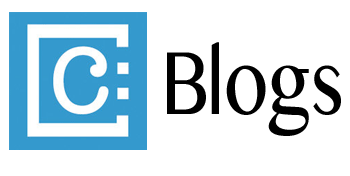
What are the benefits of art museums to people? A question with so many answers. If you were a public administrator or official, you may say art museums support revenue growth, encourage participation rates across communities, or that they support K-12 academic test scores. While important, none of these data points address the meaning of art museums to individuals and communities.
One of the most pressing needs in the cultural sector is to identify the difference that art museums make in people’s lives and to demonstrate this value with evidence that can withstand intense scrutiny. Without research-based data, art museums and art educators will not succeed in convincing policymakers and civic leaders that museums are vital to civic life, leading to the significant reduction or even absence of opportunities to engage with original works of art as an integral part of education and community experiences. That museums are more than nice—they are necessary.
To begin to answer the question—what are the benefits of art museums to people—The National Art Education Association (NAEA) Museum Education Division and the Association of Art Museum Directors (AAMD) joined forces to conduct a nationwide, four-year intensive research study on the impact of single visit art museum school programs. Supported by the Institute for Museum and Library Services (IMLS) and the Samuel H. Kress Foundation, this research is being led by Randi Korn & Associates (RK&A).
The NAEA/AAMD research team identified school-age children (grades 4-6) as the initial audience of study because single visit school field trips are the most prevalent student experiences at museums. According to a national survey of U.S. art museums, which was carried out as part of the present NAEA/AAMD study, 96% of museum respondents offer these programs. Along with family programs, they often offer young people their first entry-points to these learning environments and the objects they hold. Through teacher feedback and the direct experiences of museum educators leading excited, engaged classes through conversations and explorations of artworks, it is clear that good and productive things happen for students during art museum field trips. Research related to constructivist and inquiry-based pedagogies, engagement with original works of art, and aspects of learning in museum environments further support that art museums can be places where rich learning and discovery happen. Yet substantive research on art museum field trip programs is currently limited. In an environment of ever-shrinking school budgets and high stakes testing, teachers wishing to take their students on art museum field trips are under increasing pressure to show the educational benefit of such experiences.
For the past four years the NAEA/AAMD Impact Research Initiative has explored the benefits of single visit art museum programs on student learning. To date the study has produced a national survey of field trip practices as well as a published literature review on the impact of museum programs on students. During the 2016-2017 school year the study team worked with six geographically-diverse museums[1] and seven school districts throughout the U.S. to assess student learning during facilitated, single visit museum programs in five capacities: critical thinking, creative thinking, sensorimotor and affective response, human connections and empathy, and academic connections. In addition to providing insight into the effects of single-visit art museum programs on students, our hope is that the study’s results advance scholarship in both museum and art education, and serve as a powerful leveraging tool to support student learning in art museums.
At the time of the writing of this article, data collection has been completed and the team at RK&A are busy at work analyzing and compiling that data. This work will continue into the spring of 2018. At that time a Core Team, representing leadership from NAEA and AAMD as well as leaders in the field of museum education, will work with RK&A to create the final report and a User’s Guide for dissemination next summer. In October of 2018 a symposium will be held at the Detroit Institute of Art to bring leaders in the field of museums, museum education, and the educational and research sectors together to discuss our findings and what they mean for the field as a whole.
